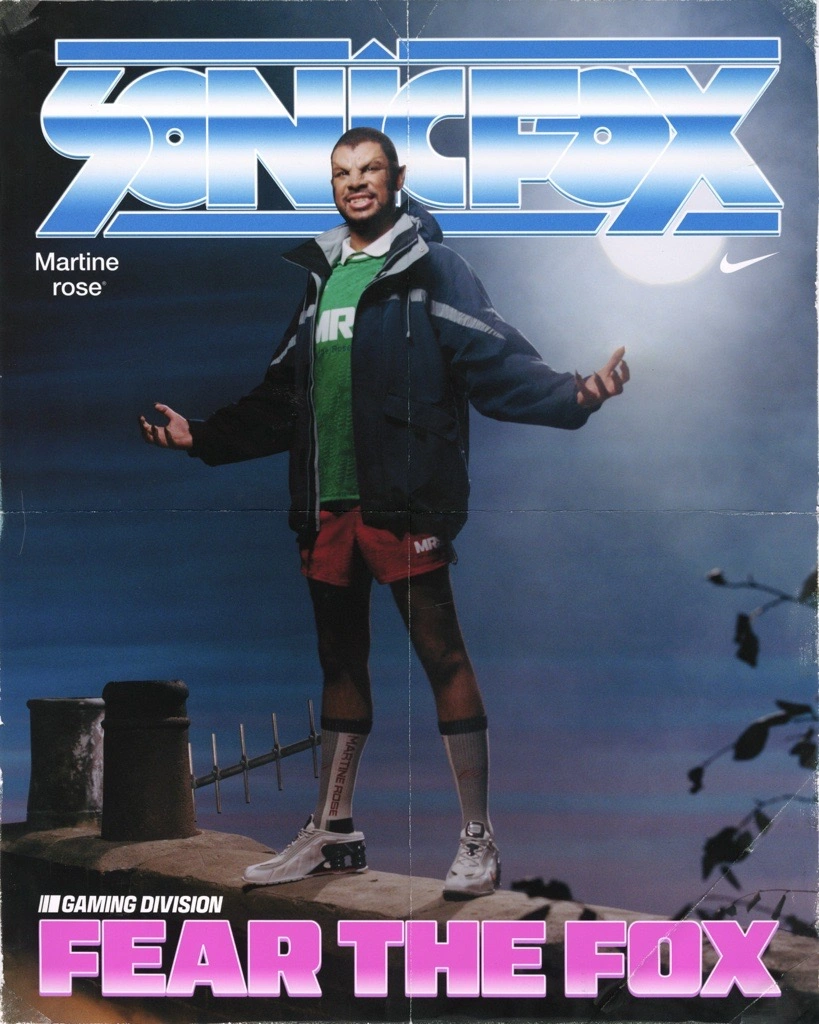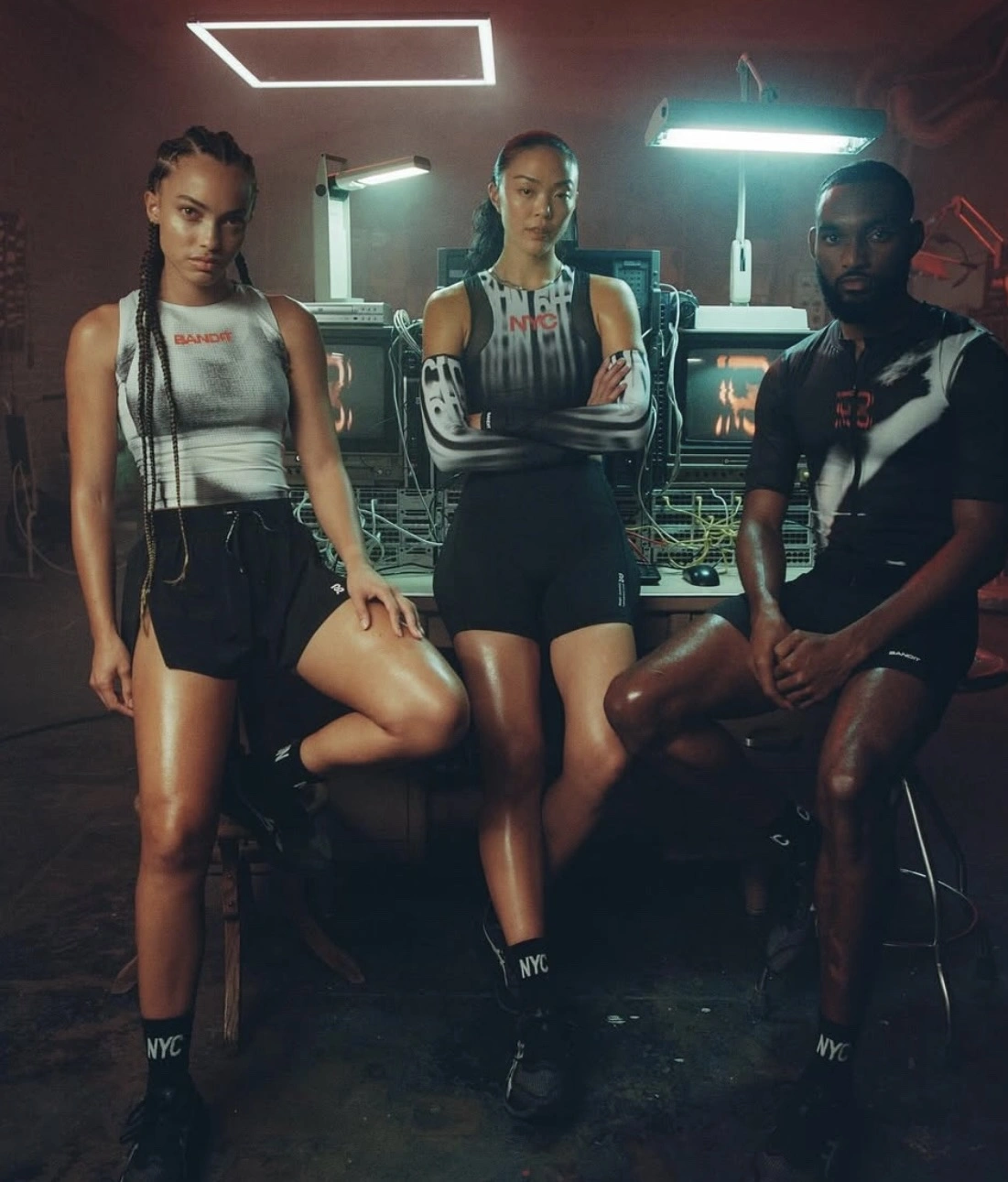The Force, it seems, is far from fading. In a move that both jolts nostalgia and redefines legacy, Star Wars is bringing back Luke Skywalker for a new cinematic sequel directly linked to the original trilogy. After decades of cinematic universe expansion—through sequels, prequels, side-quests, and streaming epics—the story now folds back inward. The new project promises not merely a rehash, but a spiritual continuation of the core mythos that began with A New Hope in 1977. The boy from Tatooine is returning, not just as a spectral memory or digital cameo, but as the central mythic figure once again.
This isn’t the first time Lucasfilm has resurrected the legend of Skywalker. Mark Hamill’s return in The Mandalorian and The Book of Boba Fett—thanks to deepfake technology and voice synthesis—stirred awe and controversy alike. But this new installment marks a different creative choice. Sources confirm it will be a feature-length theatrical release, set not in the fragmented epilogue world of the sequel trilogy but in an alternate narrative path that postulates: What if Luke Skywalker’s journey wasn’t yet complete?
The Myth That Refuses to Fade
Luke Skywalker was never just a protagonist. He became an archetype. A vessel of heroism molded by loss, doubt, and stubborn hope. When George Lucas first introduced him, the character stood as a distilled fusion of Joseph Campbell’s hero’s journey—idealistic farm boy, reluctant warrior, Jedi Knight, redeemer of his father. Over time, his arc has served as the Rosetta Stone for understanding the structure of modern cinematic mythmaking.
To see Luke return now, decades after his original trilogy triumph and years after his tragic final stand in The Last Jedi, is to witness a franchise in philosophical retrospection. It asks: what did we miss the first time? What still lingers in the galaxy that only Skywalker can resolve?
Unlike the sequel trilogy’s treatment of Luke as a disillusioned hermit who vanished after failure, this new narrative appears intent on exploring a different version—one where the Jedi Master is not consumed by regret but driven by renewed purpose.
A Universe Recentered
The announcement has already begun to ripple through fan communities with a mix of reverence and speculation. Is this retcon? Reimagining? A parallel dimension? Lucasfilm’s creative leads remain tight-lipped, but insiders suggest the new film exists in a universe that branches off from the end of Return of the Jedi, imagining a continuity where Luke begins the hard, heroic work of rebuilding not just the Jedi Order, but galactic harmony itself—without the shadow of Snoke, Kylo Ren, or Palpatine’s improbable resurrection.
This creative decision reflects a broader trend in franchise storytelling: the reorientation toward legacy characters without dismantling their mythologies. Just as Top Gun: Maverick or Creed honored their predecessors while forging new emotional stakes, the return of Luke in this iteration seems poised to strike a balance—leveraging nostalgia not as a gimmick, but as a vessel for narrative integrity.
Mark Hamill, long considered both the custodian and critic of Luke’s evolution, is reportedly attached in an executive producer role, though his exact on-screen involvement is still under wraps. Advances in AI-assisted de-aging and CGI rendering have made it possible to portray a younger Luke with increasing realism, but insiders also hint at the presence of a flesh-and-blood actor—someone new—possibly embodying Skywalker in flashback or alternative sequences. If so, this could mark a significant passing of the lightsaber, artistically if not literally.
What’s Old Is New Again
From a structural standpoint, the film aims to capture the tone and pacing of the original trilogy—practical effects, tangible sets, and mythic overtones that draw more from Kurosawa than corporate spectacle. Set designers have reportedly been instructed to revisit the color palettes of A New Hope and The Empire Strikes Back, with Tatooine, Dagobah, and even Endor returning as narrative touchstones.
Crucially, this sequel is not being billed as Episode X. Instead, it’s rumored to carry a standalone title, echoing the simplicity of Rogue One or Solo, but with the thematic gravity of a mainline episode. Think: “Star Wars: Heir of the Force” or “Star Wars: Legacy of Light.” The story isn’t about restoring a franchise. It’s about anchoring it.
The villain, still unconfirmed, is said to be a former Jedi whose ideology split from Luke’s in the early days of his new order. The conflict isn’t one of light versus dark, but of philosophy—an argument over what the Jedi should become, and how peace is truly maintained. It’s an evolution of the Force from binary morality to ethical nuance.
A Franchise Reflecting on Itself
For longtime fans disenchanted by the sequel trilogy’s tonal dissonance or character treatment, this return of Luke represents something rare in contemporary franchise storytelling: an attempt at self-correction. Not through apology, but through creative audacity. It’s Lucasfilm taking a step back and realizing that while universes can expand endlessly, mythology only resonates when centered on characters whose growth mirrors our own.
If the original Luke taught us to believe in transformation, and the sequel-era Luke warned us of its cost, perhaps this next Luke will show us what happens after both—the quiet, difficult labor of building something better.
Star Wars has always been a generational fable. With the return of Luke Skywalker, it becomes once more a story about legacy—not just inherited, but earned, tested, and redefined.
As the tagline goes: Welcome back, young Skywalker. It’s not just a slogan. It’s a gesture to a past reawakened, a myth reborn, and a future—finally—worthy of the Force.
No comments yet.








